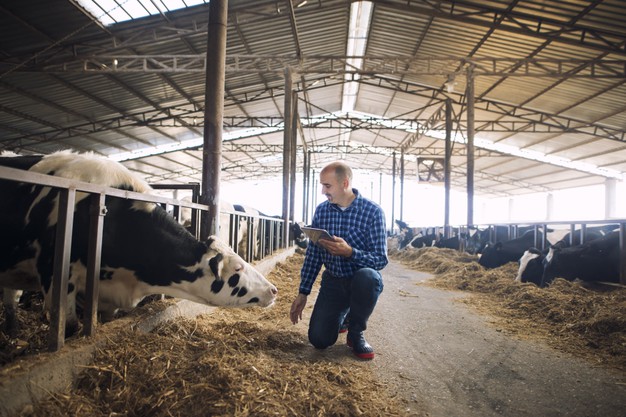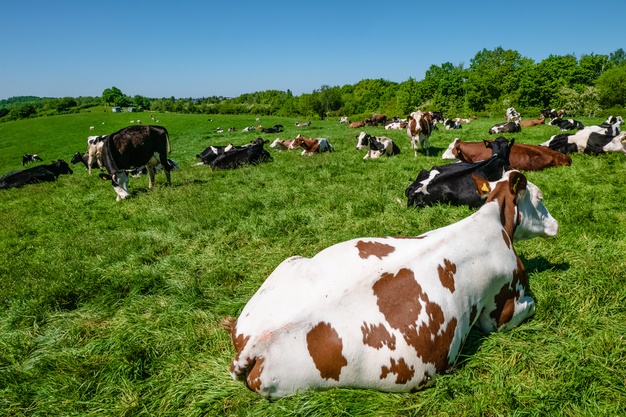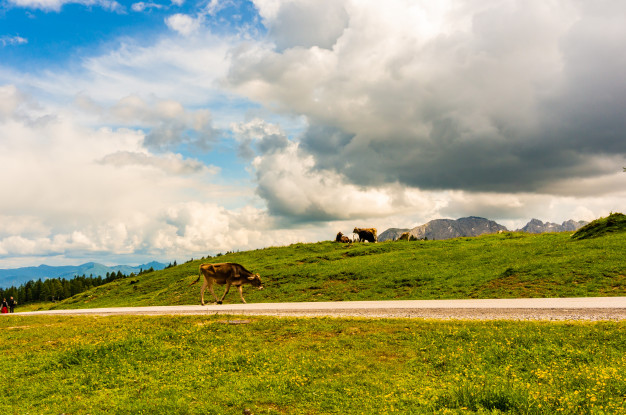Rural living has become a prominent trend for its fruitful experience. Fresh air, kind neighbors, tight-knit communities, and a pleasant way of life resembles that of a miniature paradise. Owning your own ranch could be one of the best things that has ever happened to you, or it could be one of the biggest mistakes of your life.
Purchasing a cattle ranch is a huge endeavor and it is one that needs to be done with great care. We have gathered a quick list of the things you ought to consider before setting your sights on the ranch you want to call yours.
1. Find Out About Your Mineral Rights

Buying land doesn’t always mean you control both what is above and below the surface. If you only have possession of the surface rights then the party in ownership of the mineral rights is free to dig into your land to access the minerals hidden underneath. If you are a little confused you can count on Harrigan Land Company representatives to help you navigate this terrain as they help you find the ranch that is best suited for you.
Mineral rights conventions in the US generally give the owners of these mineral rights a free hand to use the surface of the land to access the minerals below. Many a time, the mineral rights of a property could be worth a whole lot more than the land itself.
Hence, it becomes essential to ensure that the mineral rights are transferred to you along with the land. If that is not possible, it may not be such a great buy.
2. Soil Testing
Groundwater contamination can be a solid deal breaker when it comes to purchasing a cattle ranch or any rural property for that matter. It is critical that you foster the appropriate precautions and get the water tested to see if it is safe for human usage and consumption.
3. Water Rights

Water Rights are the laws that pertain to a landowner whose land is adjacent to any body of water. All waters have different rules and regulations, varying with respect to the body of water that may exist on a particular property.
For instance, an owner who owns land that is adjacent to a riverbank might be allowed to make use of the water for domestic needs. Yet, holding domestic rights does not mean that you will be allowed to pump water out of the stream for some other purpose.
You would want to double-check the riparian and littoral rights that you are entitled to before you purchase a cattle ranch of your own.
4. Know Your Neighbors
In a bustling city environment it may not matter much, but in a tightly wound rural community getting to know your neighbors is quite essential. Getting to know them a little better would help you seamlessly settle a whole range of issues. These issues can be anything from mineral rights to fences that need a little mending.
Although these are the little things, it would also help make the bigger decisions like wildlife management easier. Communicating well with your neighbors not only makes your life on the ranch more functional but also it makes it a lot more interesting too!
Your neighbors will soon be one of your major sources of entertainment and you are likely to be spending a lot of time with them. Keeping that fact in mind, you might want to choose very wisely.
5. Consider The Tax Status

There could be a suite of tax exemptions that are often tied to your current tax status. More often than not, there are quite a few agricultural and wildlife exemptions that may be worth taking a look into.
It is crucial that you do your due diligence beforehand. It can also be financially helpful to find out the steps that you need to take such that such exemptions are kept active.
6. Where Can I Buy Livestock?
Buyers sometimes either pay a little too much for the livestock they need or end up purchasing low-quality livestock. Other times, both of these could hold to be true. The best solution for this is to get a little research done in advance, find people you can trust, and start developing a support network.
7. How Many Animals Can The Ranch Support?

The profitability of the ranch ultimately depends on the amount of cattle that you can raise and harvest. The real knot that comes to play here is that buyers seem to have a tendency to overestimate the real capacity of the land, while sellers frequently exaggerate the capacity the ranch had supported in the past.
But how do you counter this little predicament? You can either do a little background yourself by understanding the vegetation, precipitation, forge type, and soil conditions, or better yet consult with a professional.
8. The Time That Needs To Be Put Into It
People are often attracted to the cattle ranch lifestyle because they think they take care of themselves. However, this is absolutely wrong! Small ranches could even require you to dedicate around 20 hours a week for it’s care and maintenance.
This inherently causes a problem, and may result in you having to hire someone to manage it for you, which ultimately takes a chunk out of the profits. One must not underestimate the responsibilities that come with a cattle ranch, and it is advised that you factor this into your profitability assessments.
9. Boiling Down To The Budget

No matter what it may be, money makes the world go round. Given this, you would want to consider the budget you had set aside for your cattle dream!
It’s not always advisable to go over your budget and it is important to stay within your limits. However, when a ranch is really good and it seems to meet all your checklists it may be a good idea to try and raise the funds.
This trade-off could have you thanking yourself later, especially if things go the way you planned!
Summing it Up
Owning a cattle ranch is definitely a step towards rural living. It is also a great way to make a living or build a second income out of. However, one must carefully assess the factors that affect their land rights and profitability. Keeping this in mind, we hope you will be able to identify the ranch of your dreams!
 Imagup General Magazine 2024
Imagup General Magazine 2024


